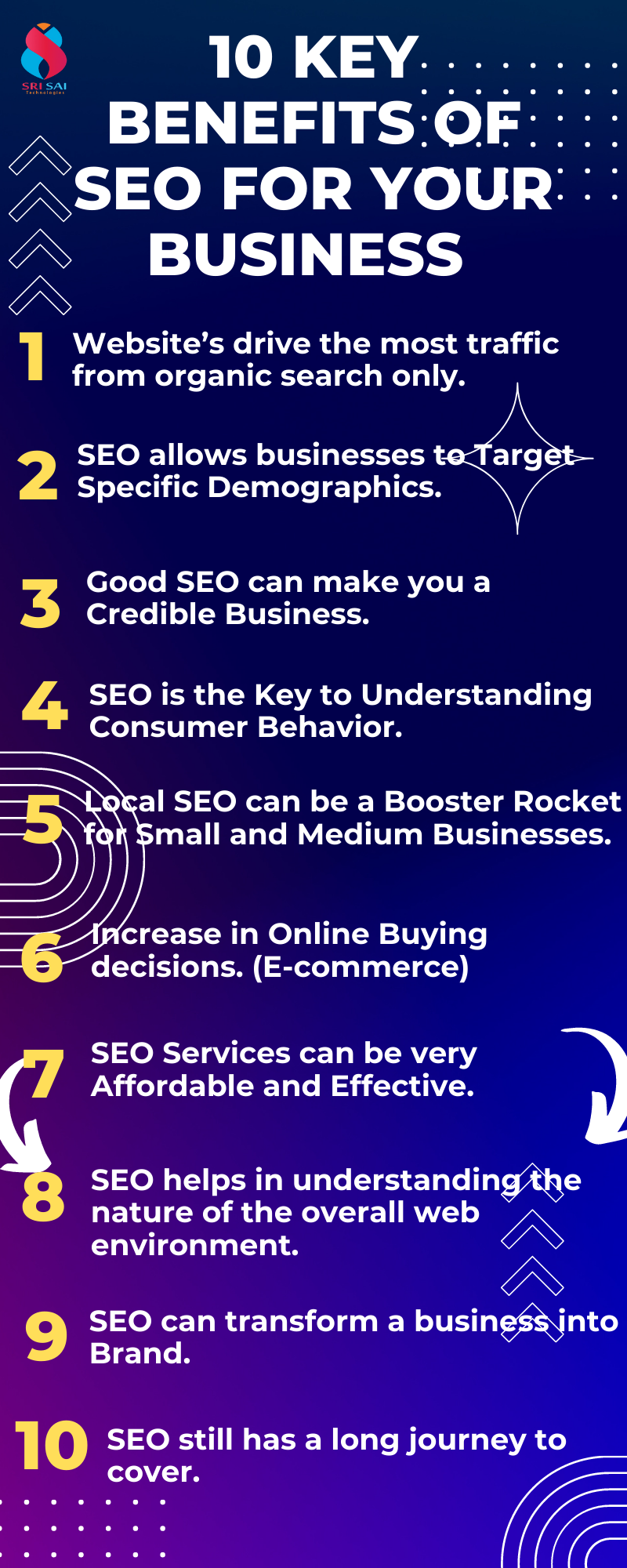Understanding What Is Ruled Out a Default Medium in Google Analytics: Insights
Understanding What Is Ruled Out a Default Medium in Google Analytics: Insights
Blog Article
Revealing the Unconventional Mediums in Google Analytics Beyond Default Settings
In the realm of digital analytics, Google Analytics stands as a cornerstone for businesses looking for to recognize their on-line existence. By venturing beyond the surface and diving into the intricacies of social media information, email campaign efficiency, referral web traffic sources, direct traffic patterns, and personalized network collections, a treasure trove of info waits for those ready to accept a much more nuanced technique.

Leveraging Social Media Site Insights
Periodically neglected, yet profoundly beneficial, is the method of leveraging social media sites understandings within the world of Google Analytics. By incorporating data from systems like Facebook, Twitter, Instagram, and LinkedIn into Google Analytics, services can obtain a deeper understanding of their target market and the efficiency of their social media projects.
Through this combination, marketing experts can track and assess customer actions on their internet site that originates from social media sites platforms. They can identify which social media sites networks are driving one of the most traffic, which material is reverberating with the audience, and which campaigns are transforming one of the most leads. This insight allows for data-driven decisions to maximize social networks methods and improve overall advertising efficiency.
In addition, by combining social networks understandings with Google Analytics, organizations can create more targeted and customized campaigns - what is not considered a default medium in google analytics. They can make use of market information, passions, and on the internet habits collected from social media sites to improve their target market segmentation and deliver customized messages that reverberate with certain client teams. This targeted technique can bring about greater involvement, raised conversions, and ultimately, enhanced roi
Revealing Email Campaign Performance
Revealing Email Project Efficiency involves evaluating key metrics and efficiency indicators to assess the performance of email advertising initiatives. When delving right into email project efficiency, it is crucial to assess metrics such as open prices, click-through rates, conversion prices, and unsubscribe prices. Open rates indicate the portion of recipients who opened the email, supplying understanding right into the effectiveness of subject lines and sender names. Click-through rates measure the portion of receivers who clicked on web links within the email, showing interaction degrees. Conversion rates track the portion of receivers who completed a desired action after clicking a link in the e-mail, such as authorizing or making an acquisition up for a newsletter. Finally, unsubscribe prices highlight the number of receivers that pulled out of getting additional emails, dropping light on e-mail content high quality and importance. By examining these metrics, marketing experts can fine-tune their email advocate far better involvement and performance.
Analyzing Referral Website Traffic Sources
After reviewing the performance of e-mail campaigns through vital metrics such as open rates and conversion rates, the next essential action is evaluating reference website traffic resources in Google Analytics to recognize where website site visitors are originating from and how they interact with the site. Referral traffic sources describe the internet sites that guide individuals to your site via clickable web links. By delving into this data, organizations can acquire understandings right into which exterior systems are driving website traffic to their website, whether it be social media platforms, companion web sites, or on the internet directories.
Examining recommendation web traffic can provide important information on the effectiveness of external advertising and marketing efforts and partnerships. It helps companies identify high-performing referral resources that add significantly to web site web traffic and conversions. By comprehending the actions of site visitors coming from various recommendation sources, businesses can customize their advertising and marketing approaches to enhance involvement and conversions. Google Analytics offers in-depth records on referral website traffic, allowing services to track the performance of each referral resource accurately and make data-driven decisions to enhance their on-line visibility.
Exploring Straight Website Traffic Patterns
Checking out the direct web traffic patterns in Google Analytics provides valuable insights into user habits and the efficiency of campaigns - what is not considered a default medium in google analytics. Direct traffic refers to site visitors that arrive at a site by straight keying the URL into their internet browser, utilizing book marks, or clicking untagged links. Recognizing direct web traffic patterns can aid marketing professionals review the effect of offline marketing efforts, brand name recognition, and the performance of word-of-mouth referrals
By delving into straight website traffic information, businesses can uncover essential details concerning user intent and brand loyalty. Evaluating the habits of direct site visitors, such as the web pages they check out, the moment invested in website, and the conversion rate, can provide a deeper understanding of customer engagement and the overall effectiveness of the website in converting visitors into customers.
Moreover, tracking straight website traffic patterns gradually enables organizations to recognize fads, seasonality impacts, and the success of specific campaigns or promos in driving straight brows through. This info can then be used to fine-tune advertising strategies, maximize site web content, and boost the general customer experience to make best use of conversions.
Using Customized Channel Groupings
Utilizing personalized channel collections in Google Analytics enables services to categorize and examine their website web traffic based on certain criteria, giving valuable insights for maximizing learn the facts here now marketing methods. Personalized channel groups enable firms to create their own customized groupings of traffic resources, such as social media, organic search, email campaigns, and referral web traffic. By defining these collections, organizations can acquire a much deeper understanding of exactly how different advertising and marketing channels add have a peek here to their website traffic and conversions.
This attribute is specifically valuable for businesses with varied advertising and marketing methods across various systems. A firm running both paid and organic social media projects can distinguish in between the 2 to examine their individual efficiency properly. Furthermore, custom network collections can assist determine any type of forgotten or taken too lightly website traffic resources that may be driving important involvement.
Conclusion

By venturing beyond the surface and diving right into the complexities of social media information, email project efficiency, reference traffic resources, straight traffic patterns, and custom-made network groupings, a treasure chest of information awaits those eager to embrace a much more nuanced strategy. They can identify which social media channels are driving the most traffic, which web content is resonating with the audience, and which campaigns are converting the most leads.After reviewing the efficiency of e-mail projects with key metrics such as open prices and conversion rates, the next important step is examining reference website traffic sources in Google Analytics to comprehend where web site site visitors are coming from and exactly how they engage with the site. Customized network groups allow firms to create their own tailored collections of website traffic sources, such as social media, natural search, e-mail campaigns, and referral traffic. By leveraging social media understandings, revealing e-mail project efficiency, analyzing referral web traffic resources, checking out article source straight website traffic patterns, and making use of customized channel groupings, marketing professionals can acquire useful insights into their on-line presence.
Report this page